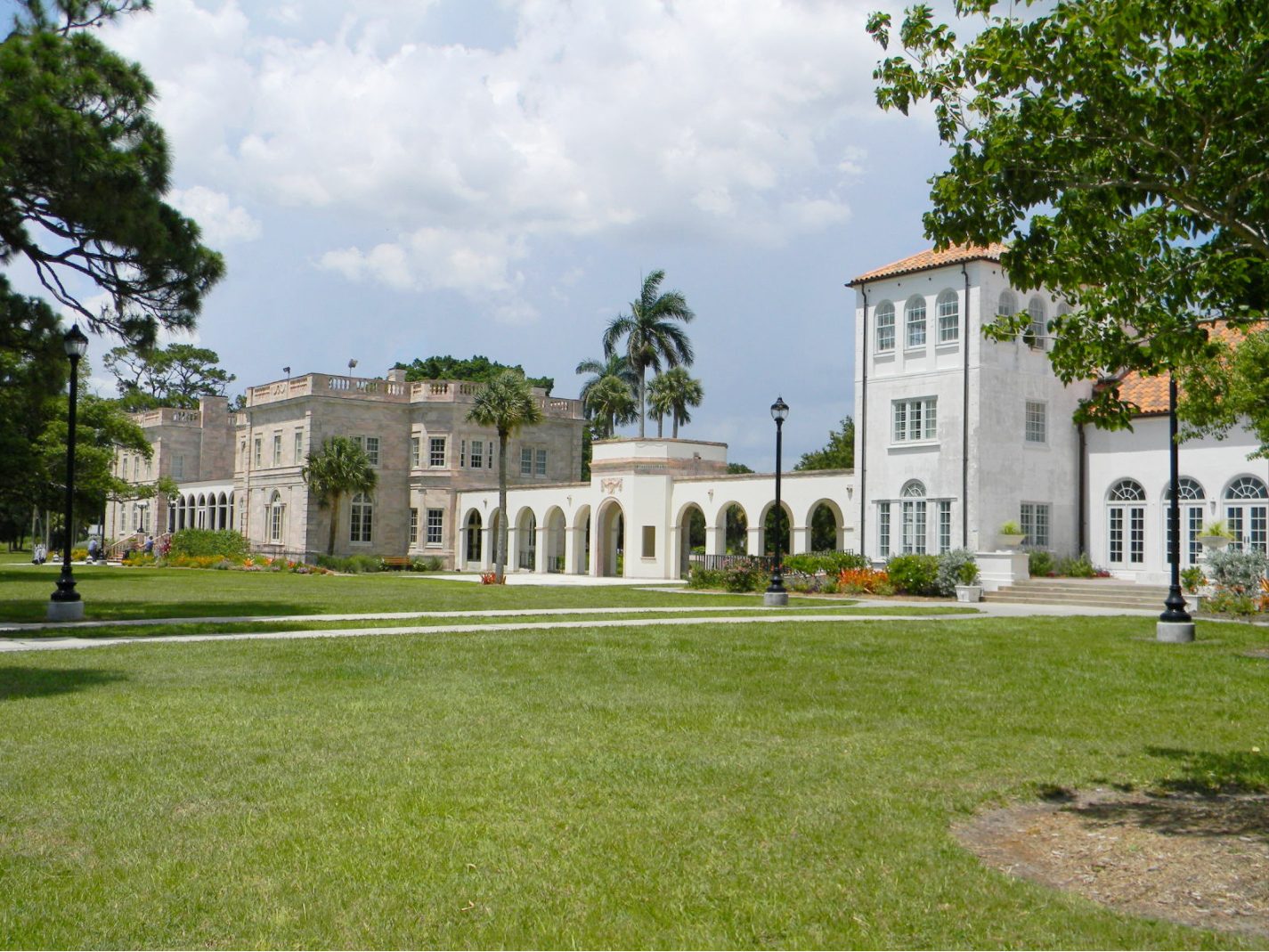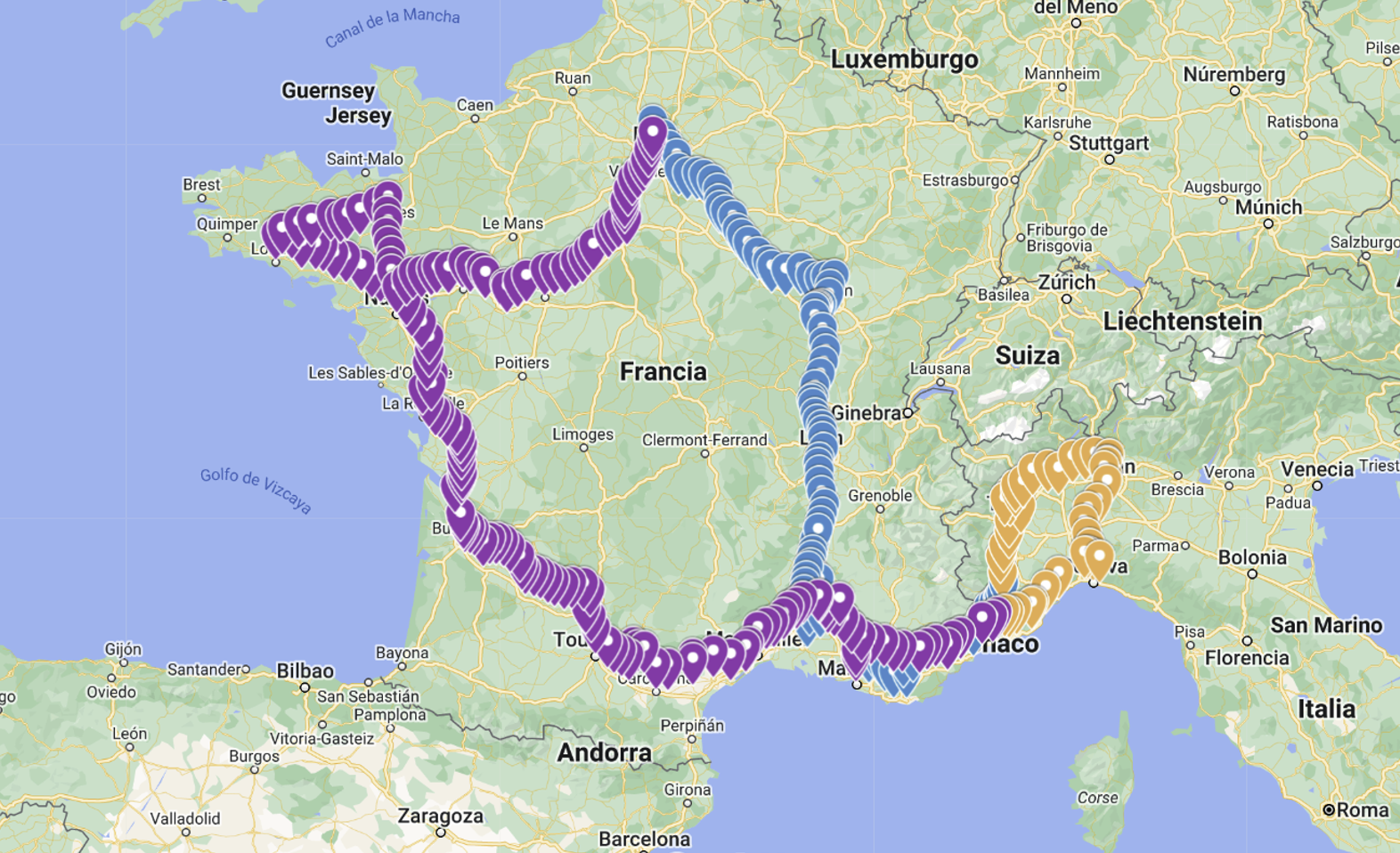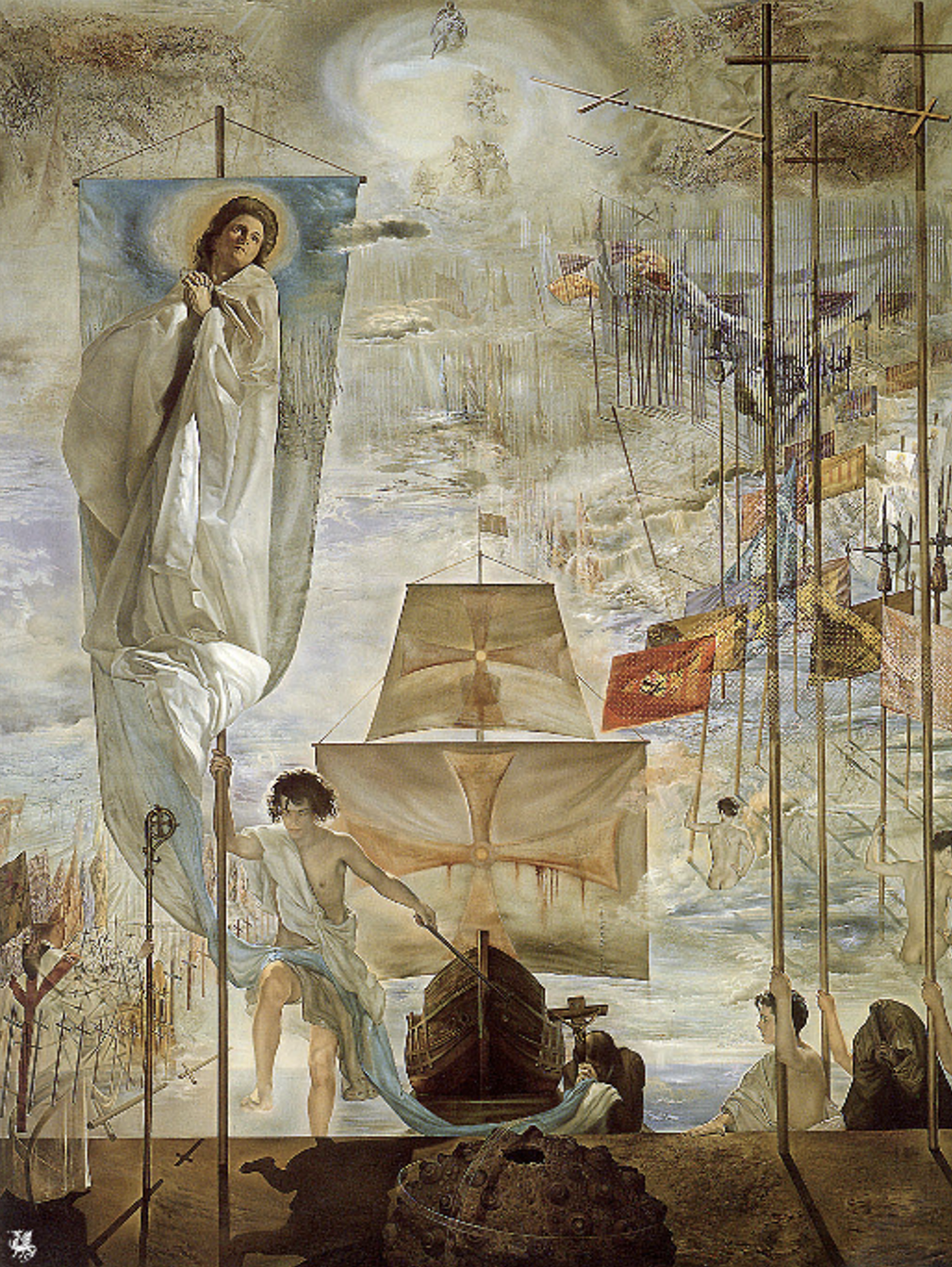
When Thomas Jefferson returned from France in the fall of 1789, he turned his home at Monticello 180 degrees. The building had originally faced east, that is, toward the Atlantic, Europe, and the Mediterranean. Now he made it face west, that is, toward Louisiana, Texas, Mexico, Colorado, Arizona, California, Oregon, and the Pacific. Any Hispanist who attends to Jefferson’s oeuvre—especially his Notes on the State of Virginia (1785), his personal letters, his libraries, and his architecture—will understand this shift. Jefferson knew the future of the United States would involve a deep and long-lasting encounter with Spain, a nation that more than two centuries previous had discovered and claimed most of the Caribbean and the western half of North America, and a nation that had ruled the Louisiana Territory since 1763.
More specifically, Jefferson looked forward to America’s convergence with the Hispanic world in order to spread liberty throughout the hemisphere. It’s one reason he leapt at the Louisiana Purchase in 1803. He was positive the United States would reach the Pacific Ocean, just as he was confident Cuba would eventually join the Union. Here are three important texts from the Spanish tradition that piqued Jefferson’s interest: Juan de Mariana’s Historia general de España (1592–95), Miguel de Cervantes’s Don Quijote de la Mancha (1605/15), and Antonio de Ulloa’s Relación histórica del viaje a la América Meridional (1748). He cites these in letters to Madison and his daughters, and in “Query V” of Notes on the State of Virginia. In short, Jefferson imagined an Hispanoamerican future by studying the other half. In 1787, advising his future son-in-law about his education, Jefferson wrote, “With respect to modern languages, French, as I have before observed, is indispensible [sic]. Next to this the Spanish is most important to an American. Our connection with Spain is already important and will become daily more so.”
Jefferson often flirted with the idea of a future convergence with Spain because he thought the Hispanic worldview would remedy some of the blind spots in the Anglo worldview. On the one hand, he thought Anglos could teach Hispanics the constitutional equilibrium needed to eschew sovereign monarchs, i.e., Anglos can model the vitality of personal liberty protected by divided government. On the other hand, he thought Hispanics could teach Anglos that people are not property. A Mediterranean, multiracial, Catholic, and carnival ethos can also be useful.

“Jefferson’s Mediterranean Journey” (1787). Blue outbound, purple return, orange in Italy.
We have multiple indications that Jefferson thought in complex ways about what the Spanish-speaking world meant to America. Some are direct, others less so. Alexis de Tocqueville, for one, noticed the pattern. In his epic masterpiece Democracy in America (1835/40), published less than a decade after the Virginian’s death in 1826, Tocqueville emphasized America’s convergence with Mexico in Texas. Meanwhile, he gave the author of American independence a curiously religious moniker, calling Jefferson “the greatest Apostol liberty has ever had” (DA 1.2.7).

Monticello viewed from Montalto
In the second volume of DA, prior to Tocqueville’s masterful use of Don Quijote to signal a democratic concept of “honor”—yet another sign he understood Jefferson well—democracy’s greatest modern theorist described the escape from inherited privilege as a worldwide set of interlocking labyrinths that share the same exit. The route out of each labyrinth varies by country, but the endpoint in the wilderness is the one where we’re all equal. The Argentine writer Jorge Luis Borges deployed a similar, albeit more vertiginous idea in his short story “El Aleph” (Sur, 1945). In a basement on Calle Garay in Buenos Aires, the narrator discovers a sphere that contains all the other points in the universe. The sphere is small, about an inch in diameter (see “Nuestro pobre individualismo”).
[More from Eric Clifford Graf: “Novels, Constitutions, and Mineral Rights”]
Tocqueville is not quite so unsettling. He simply says that every nation makes its own way when escaping the caste structure of the traditional society from which all of us emerge. Nevertheless, we all end up in the same place; all of us navigate toward the same final point of equality.
… in each country, men increasingly discard the ideas and opinions of a particular class or profession or family and draw nearer to what is the essence of man, which is everywhere the same. Thus, they grow alike although they have not copied one another. They resemble travelers dispersed throughout a large forest where all the paths end at the same spot. If they all perceive that central location at the same time and direct their footsteps toward it, imperceptibly they draw closer together without seeking or seeing or knowing each other and they will in the end be surprised to find themselves assembled in the same place. All nations which take not any particular man but man himself as the object of their studies and imitations will end up by adopting the same customs just as these travelers converge on that central point in the forest. (Tocqueville, Democracy in America, 2.3.17)
Tocqueville also routinely argued that to ignore the demographic reality of a democracy is to struggle against the invincible tide of humanity. Like Jefferson, he knew that you cannot avoid the occasional storm in the atmosphere of a free society, but you might learn to ride it out. At best, we embrace change and prepare to reassert the principle of liberty if given the opportunity.
That the principles advanced by the United States are universal does not deny the importance of studying how we resolved our problems to get here. But if we at all agree with Tocqueville regarding the grander nature of democratic principles, then there now exists an opportunity for Hispanic classical liberals worldwide and education reformers within the U.S. to act together to disclose and advance those principles. This will also bulwark democracy and free trade, favoring wealth creation and stability in the Atlantic region. At the same time, we can simplify and reorient the humanities pragmatically such that they better serve the community.
A master’s degree in “Iberoamerican Studies”—including online and in-person instruction and recognized by a consortium of international institutions—would be an elegant and effective way to rethink the humanities for the twenty-first century. Within the U.S., the methods, structures, and content might vary from state to state. Texas and California should consider such a degree. The state of Florida has a unique opportunity to lead in this regard. Put simply, Florida should adopt Jefferson’s perspective after the French Revolution. It ought to take advantage of a revolt in higher education in order to reorient the humanities around a serious set of core texts, while also accepting the reality that we are Hispanoamerica.
Recent moves by Governor DeSantis and the Florida state legislature, as well as the executive board at New College of Florida, indicate a desire to reform the humanities. That desire is proper, I believe, and well founded. The texts presented below both endorse their interest in a great books program and respond to the demographic and cultural mixing that is taking place in the Americas. A responsible humanities program at a serious institution in an important state like Florida should attend less to England and France and more to Spain and Latin America. Miami’s population is over six million, making it Florida’s largest metropolitan area. 75% of that population is Hispanic. On the other hand, Florida is roughly 75% white Anglo. An institution that bridges these cultures makes a lot of sense. It’s a double fix with double leverage.1
One means of reforming any institution is to graft another one onto it. The American way is not to cancel institutions but to create rival ones (see the Tenth Amendment). This allows creativity, counterweights, and choice. Major colleges and universities do well to establish oppositional institutions on their campuses. Examples include the Hoover Institution at Stanford University, the Adam Smith Center for Economic Freedom at Florida International University in Miami, and the Hamilton Center at the University of Florida in Gainesville. More than a means of recovering academic seriousness, an Iberoamerican Institute at, say, Sarasota (IIS) would offer a chance to rethink the canon for the Western Hemisphere while infusing it with several important elements that the American and Hispanic traditions share.

Salvador Dalí, El descubrimiento de América (1959)
St. Petersburg, FL
Both these shifts are in order. Excellence in the following courses, two per semester for two years, should suffice to claim an exceptional level of cultural competency in the Americas. A colleague who writes for the National Association of Scholars has noted that my approach to literature does not consider pleasure. I’m not so sure. Time will tell. But his first impression is reasonable. My list is not overtly aimed at pleasure; it’s designed to foster cultural dialogue.
(FA1, Y1) Cervantes, DQ 1&2
(FA2, Y1) Tocqueville, DA 1&2
(SP3, Y1) Natural Law: The Federalist Papers, Popol Vuh, and Poema de mio Cid
(SP4, Y1) Novels & Stories (Poe, Borges, Melville, Vargas Llosa, Böhl de Faber, etc.)
(FA5, Y2) History of Spain and Mexico—Reconquest and Conquest
(FA6, Y2) Contemporary Iberoamerica (Topics in Arizona, Argentina, Venezuela, etc.)
(SP7, Y2) Cuban Revolution, Chilean Revolt, Past and Present
(SP8, Y2) Bolívar, Alberdi, and Rangel—Latin American Liberalism
Electives and short courses would add to the offerings. Examples could include classes on mineral rights law; Ortega; comparative constitutions; Zayas, Sor Juana, Wollstonecraft, and Mill; Jefferson and Latin America; American Government; the Spanish and American civil wars; The Martian Chronicles; Douglass and Las Casas; Guatemalan history; Salamanca and the Enlightenment; Schmitt and Hayek in Latin America; etc.
[More from Eric Clifford Graf: “How Identity Politics Trumps Preference”]
Given the power of search engines and artificial intelligence, a PhD in “New World Studies” should limit itself to four seminars on masterpieces plus two electives and two short courses. An initial set of seminars might focus on Thucydides, Montesquieu, Shelly, and Yergin. Then let students assemble a thesis, perhaps a multimedia composition, an exposition, and a set of hypotheses regarding a continuity they’ve found among the readings. A thesis might also comprise a sufficient series of quality essays about major texts in the eight courses of study, or else a discussion of related texts. Evaluation today must simplify with gravitas, combining written short-answer tests and public oral exams, while focusing on confirming competency.
It’s that simple—a shift. Respectful attention to the other culture of this hemisphere is sensible and overdue. Moreover, apathy in the United States regarding Latin America has not worked well of late. No matter what the proper foreign policy turns out to be, advancing intercultural dialogue is always an important step. Finally, Florida is in a unique position to think more boldly about its own future and that of the nation. No gesture would be more Jeffersonian than an integrated bicultural approach to the humanities. Godspeed and plus ultra.

Jeffersonia dyphylla (“Twinleaf”)
1 For a review of the problem from geopolitical and strategic perspectives, see Daniel Ortiz’s “España, América Latina y la competición de las grandes potencias.” FAES 267 (2023). Ortiz, too, sees an opportunity for triangular cooperation among the U.S., Spain, and Latin America.
Image: Upstateherd, Wikimedia Commons, Creative Commons Attribution-Share Alike 4.0 International license